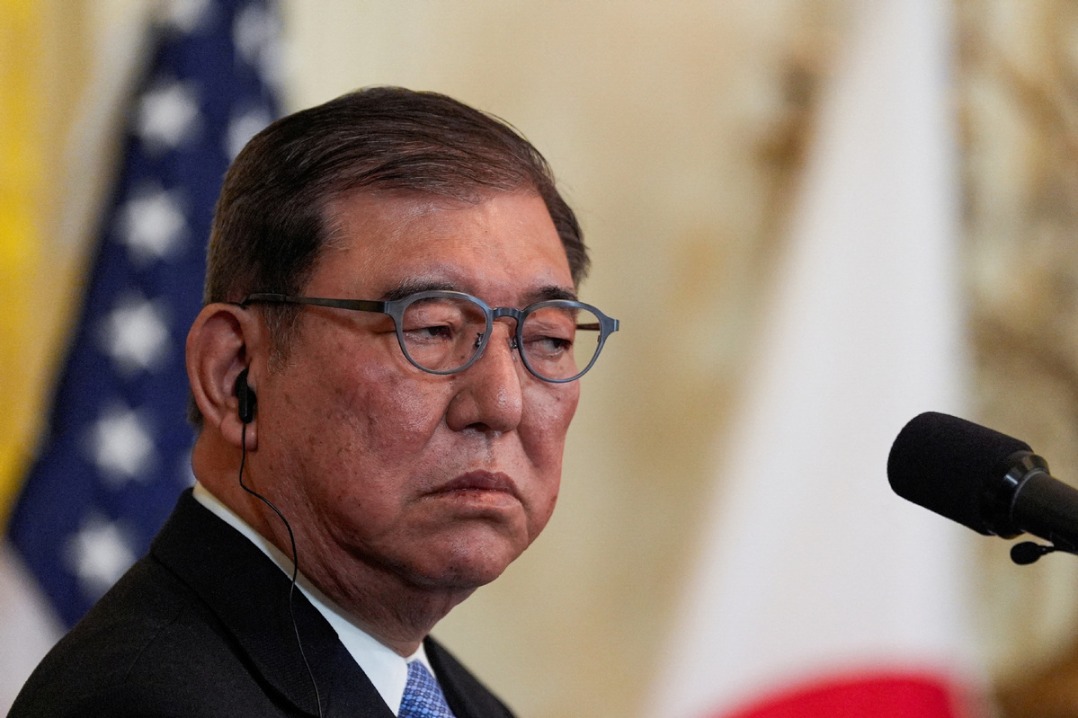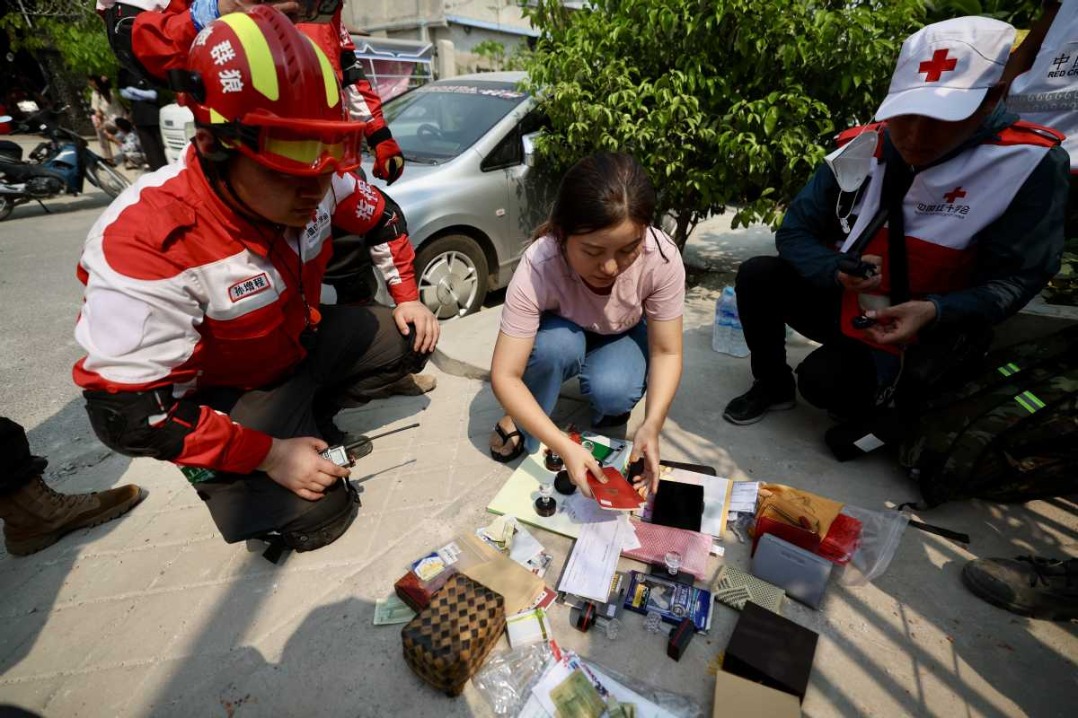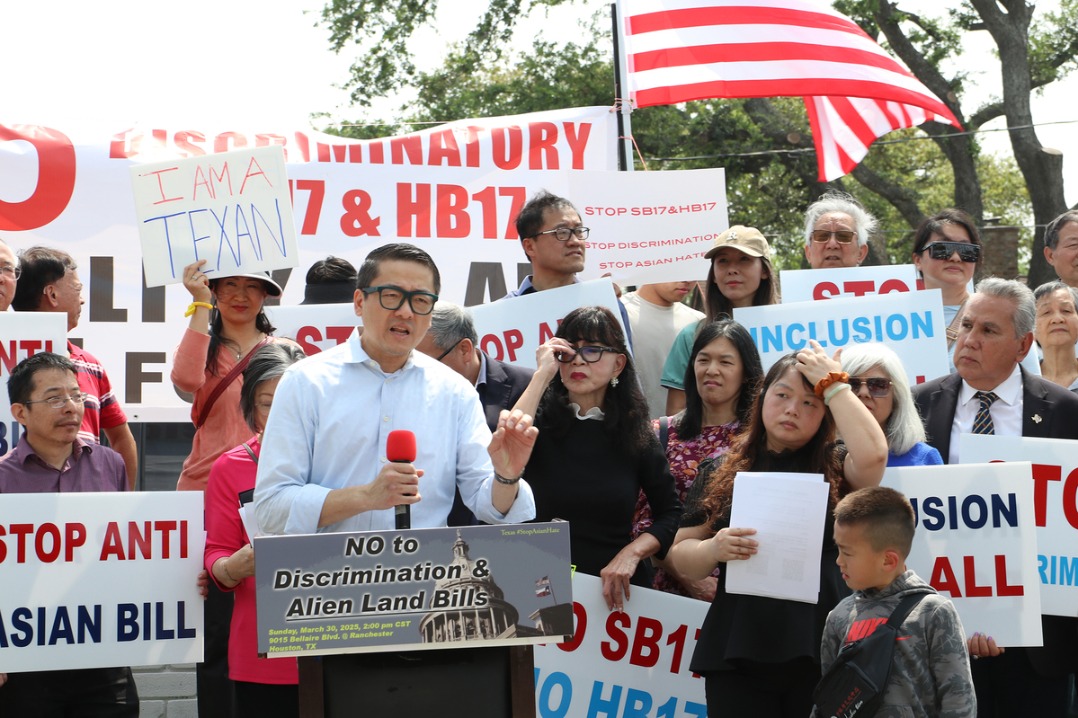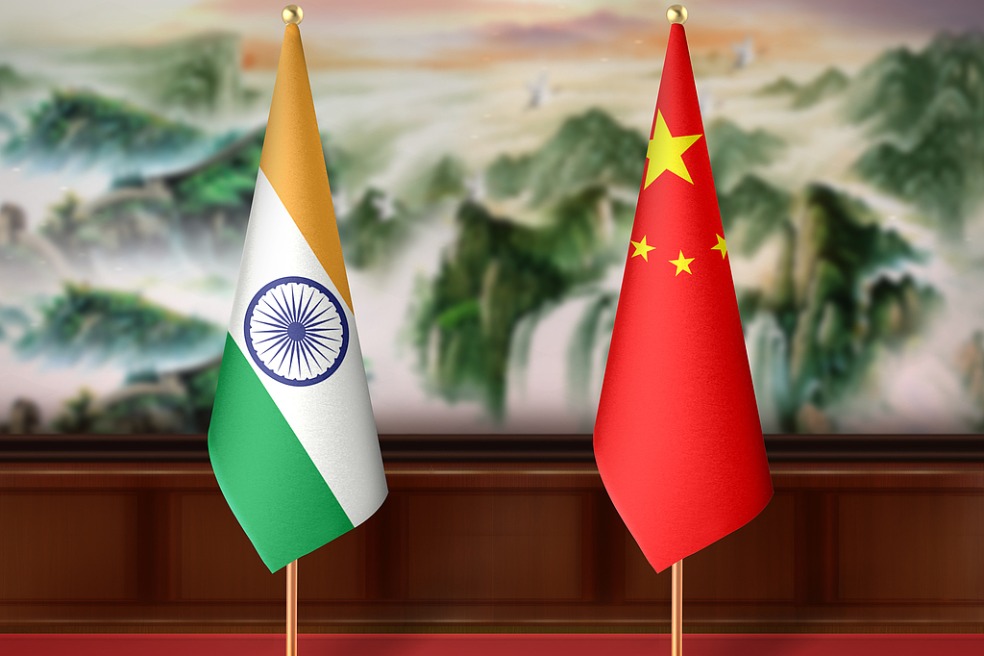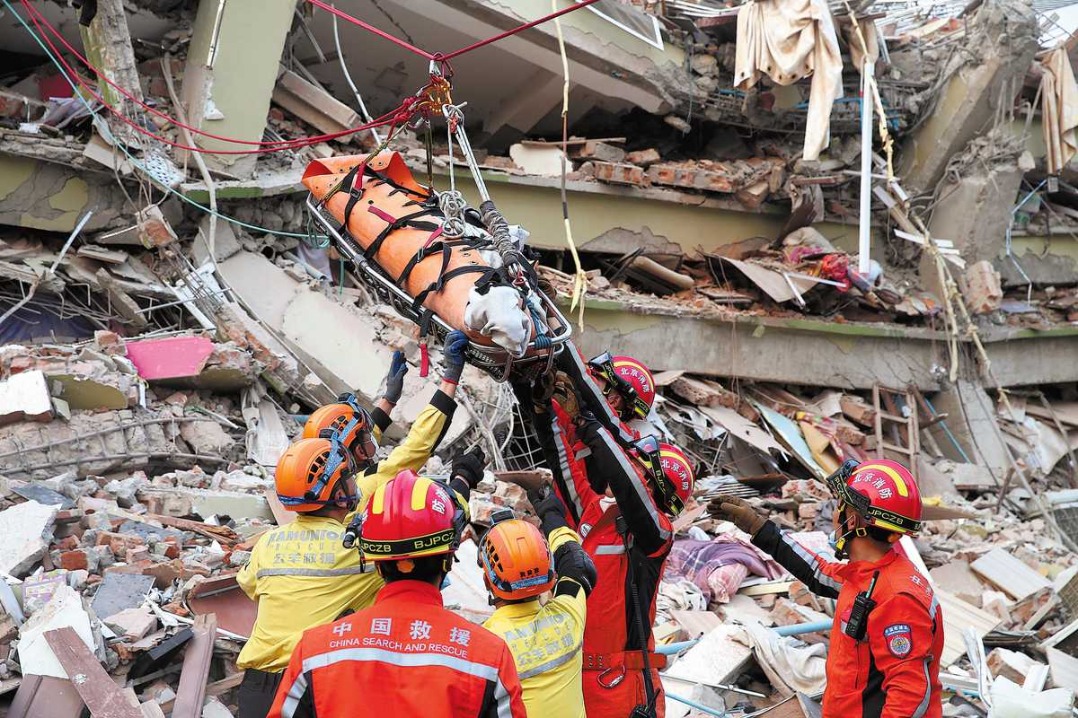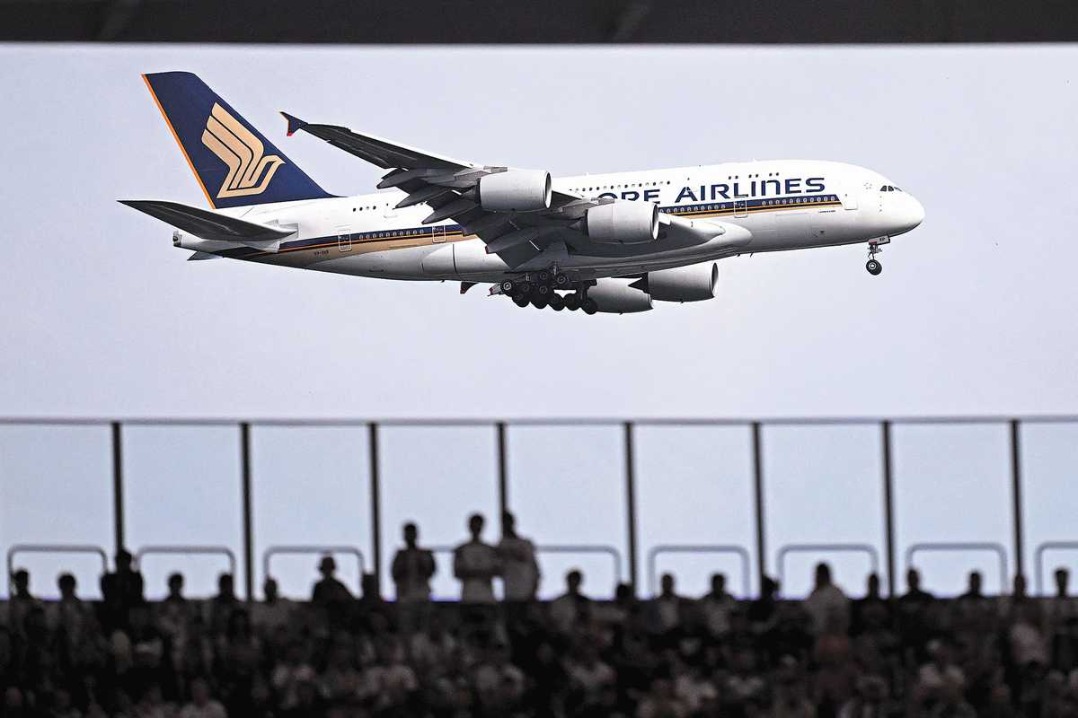Japan moves to rein in soaring rice prices


Japan's Ministry of Agriculture, Forestry and Fisheries has begun accepting bids in the second round of an auction for government stockpiled rice in an effort to stabilize distribution, with supermarket prices having more than doubled over the past year.
The average price for 5 kilograms of rice in supermarkets between March 10 and 16 was 4,172 yen ($27.70), the ministry said, after the 11th consecutive weekly increase and double the price a year ago.
For the latest round of bidding beginning Wednesday, the ministry plans to release 70,000 metric tons of rice, consisting of 40,000 tons from last year's harvest and 30,000 tons from the previous year.
The National Federation of Agricultural Cooperative Associations and other major buyers are expected to take part, with deliveries to successful bidders set for mid-April.
Earlier this month Japan offered 150,000 tons from its emergency reserves in the first auction round. These reserves are typically held for food crises, making this the first instance of their release to stabilize rice distribution. The agriculture ministry says it aims to release a total of 210,000 tons but is prepared to release additional stock if necessary.
However, industry experts warned that the amount may be insufficient to significantly lower retail prices. Prime Minister Shigeru Ishiba said on Monday that he would take further action without hesitation if necessary, indicating his willingness to release additional government stockpiled rice in response to soaring prices.
While increasing distribution could help curb price increases, the effect on rice prices outside the stockpiled varieties is expected to be limited.
Rice prices in Japan rose 81 percent last month compared with the corresponding month last year, the steepest increase since comparable data became available 54 years ago, the Ministry of Internal Affairs and Communications said.
Consumer concerns over potential shortages and prolonged price rises are likely to have led to stockpiling, because rice remains an irreplaceable staple in Japanese households, analysts said.
While last year's rice harvest increased by 180,000 tons year-on-year to 6.79 million tons, major rice dealers secured 210,000 fewer tons at the end of December.
Combined pressure
Poor harvests in the summer of 2023, following extreme heat, reduced rice availability last year. Further pressure came in August when the Japan Meteorological Agency issued its first advisory warning of an increased earthquake risk along the Nankai Trough, south of the country's main island of Honshu, prompting further hoarding.
In addition, the agriculture ministry projects that rice consumption by foreign visitors will rise 34 percent year-on-year, reaching 70,000 tons this year. However, officials said this will have a limited effect on the country's overall rice supply and demand.
Last month the Japanese government announced plans to release up to 210,000 tons of stockpiled rice, with distribution to wholesalers scheduled for mid-March and store shelves expected to be replenished between late March and early April.
Japan now holds 910,000 tons of rice in reserve, which means the planned release is more than 20 percent of the total stockpile.
The Japanese Consumers' Co-operative Union says it plans to start selling stockpiled rice at 10 cooperatives in the Kanto and Kansai regions in the next few days, the financial newspaper The Nikkei reported.
Food service companies are also exploring the use of stockpiled rice. The fast food restaurant chain Yoshinoya says it is assessing whether the rice meets its quality standards and how much can be secured before deciding whether to incorporate it into its menu.
Contact the writers at jiangxueqing@chinadaily.com.cn
















